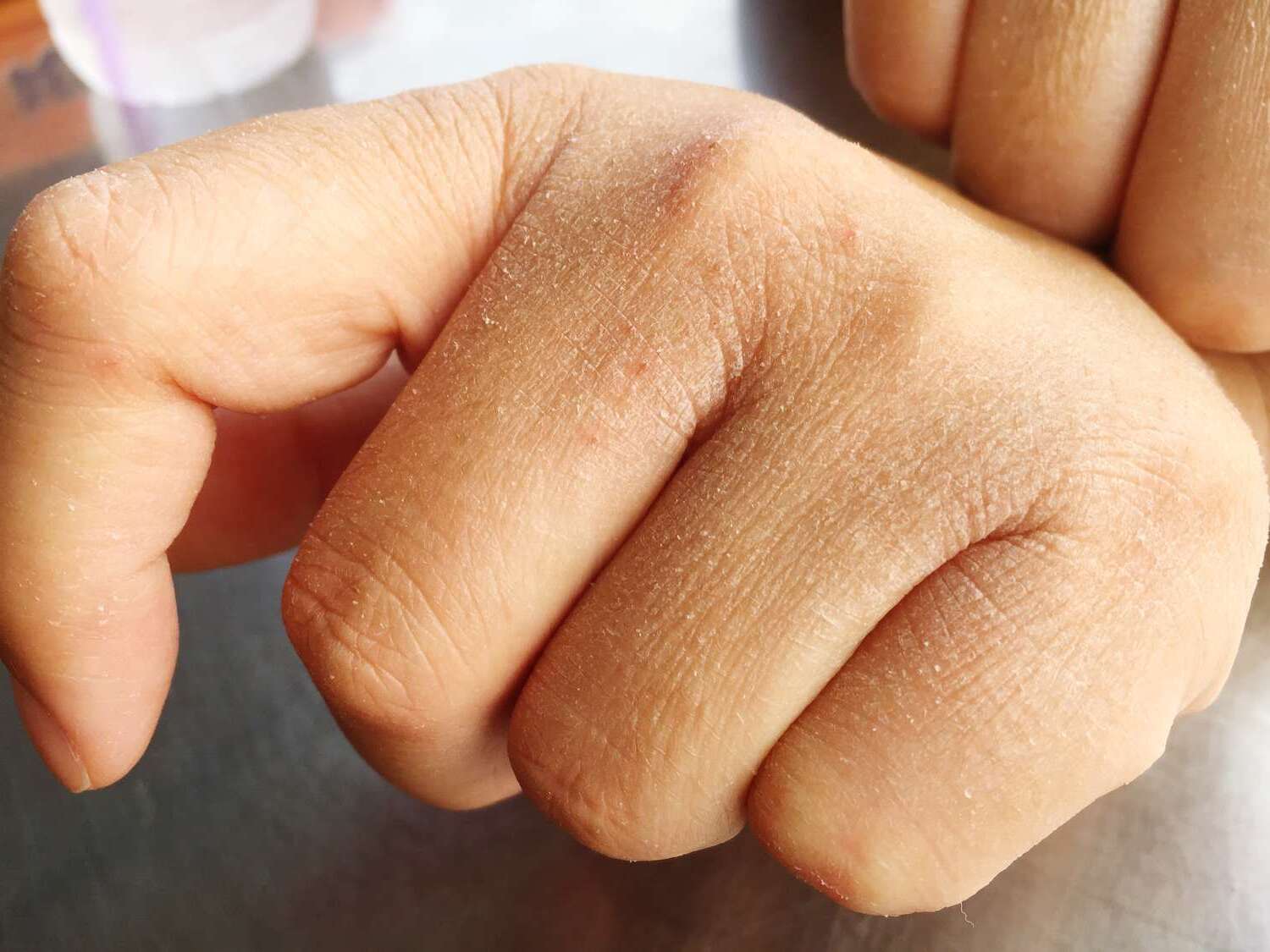
Xerosis, commonly known as dry skin, affects millions worldwide. But what exactly is xerosis? Xerosis is a condition where the skin becomes dry, rough, and sometimes itchy due to a lack of moisture. This can happen for various reasons, including weather changes, aging, or even certain medical conditions. Dry skin can be more than just a nuisance; it can lead to cracks, infections, and discomfort. Understanding xerosis is crucial for maintaining healthy skin. In this blog post, we'll dive into 30 fascinating facts about xerosis that will help you better understand and manage this common skin issue.
What is Xerosis?
Xerosis, commonly known as dry skin, is a condition where the skin becomes rough, scaly, and itchy. It can affect anyone, regardless of age or skin type. Understanding xerosis can help in managing and preventing it effectively.
-
Xerosis is derived from the Greek word "xero," meaning dry. It literally translates to "dry condition."
-
This condition is more prevalent in the winter months due to lower humidity levels, often referred to as "winter itch."
-
Xerosis can affect any part of the body but is most commonly found on the arms, legs, and hands.
Causes of Xerosis
Several factors contribute to the development of xerosis. Knowing these can help in taking preventive measures.
-
Aging reduces the skin's ability to retain moisture, making older adults more susceptible to xerosis.
-
Frequent bathing or showering, especially with hot water, can strip the skin of its natural oils, leading to dryness.
-
Harsh soaps and detergents can also remove essential oils from the skin, exacerbating dryness.
-
Certain medical conditions like diabetes and hypothyroidism can increase the risk of developing xerosis.
Symptoms of Xerosis
Recognizing the symptoms is crucial for early treatment and management.
-
Itching is one of the most common symptoms, often leading to scratching and further irritation.
-
The skin may appear red or inflamed, especially in severe cases.
-
Cracks and fissures can develop, which may bleed and become painful.
-
The skin often feels tight, especially after bathing or swimming.
Treatment Options
Effective treatments can alleviate the discomfort associated with xerosis.
-
Moisturizers are the first line of defense. They help to lock in moisture and create a protective barrier on the skin.
-
Ointments and creams are generally more effective than lotions due to their thicker consistency.
-
Humidifiers can add moisture to the air, helping to keep the skin hydrated.
-
Avoiding hot showers and opting for lukewarm water can prevent further drying of the skin.
Preventive Measures
Prevention is always better than cure. Simple lifestyle changes can help in preventing xerosis.
-
Hydration is key. Drinking plenty of water helps to keep the skin hydrated from the inside out.
-
Using mild, fragrance-free soaps can reduce the risk of skin irritation and dryness.
-
Wearing gloves while doing household chores can protect the hands from harsh chemicals and water.
-
Applying moisturizer immediately after bathing can help to lock in moisture.
Complications of Xerosis
If left untreated, xerosis can lead to more serious skin issues.
-
Eczema can develop as a result of chronic dry skin, leading to more severe itching and inflammation.
-
Infections can occur if the skin cracks and bacteria enter through the fissures.
-
Chronic scratching can lead to thickened, leathery skin, a condition known as lichenification.
Xerosis in Different Age Groups
Xerosis can affect people of all ages, but the symptoms and causes can vary.
-
Infants often experience dry skin due to their delicate and sensitive skin.
-
Teenagers may develop xerosis due to hormonal changes that affect oil production.
-
Adults are more likely to experience xerosis due to environmental factors and lifestyle choices.
-
Older adults are particularly susceptible due to the natural aging process and reduced oil production.
Myths About Xerosis
There are several misconceptions about xerosis that need to be addressed.
-
Myth: Only people with dry skin can get xerosis. Fact: Even those with oily skin can experience dry patches.
-
Myth: Drinking water alone can cure xerosis. Fact: While hydration is important, topical treatments are also necessary.
-
Myth: Xerosis is only a cosmetic issue. Fact: It can lead to serious complications if left untreated.
-
Myth: Expensive products are always better. Fact: Many affordable moisturizers are just as effective as high-end brands.
Xerosis: The Essentials
Xerosis, or dry skin, affects many people, especially during colder months. It's more than just an annoyance; it can lead to itching, cracking, and even infections if not treated. Keeping your skin hydrated is key. Use moisturizers, drink plenty of water, and avoid long, hot showers. If you notice persistent dryness, it might be time to see a dermatologist. They can recommend treatments tailored to your skin type. Remember, simple changes in your daily routine can make a big difference. Pay attention to your skin's needs and act accordingly. Xerosis doesn't have to be a constant struggle. With the right care, you can keep your skin healthy and comfortable. Stay proactive, and your skin will thank you.
Was this page helpful?
Our commitment to delivering trustworthy and engaging content is at the heart of what we do. Each fact on our site is contributed by real users like you, bringing a wealth of diverse insights and information. To ensure the highest standards of accuracy and reliability, our dedicated editors meticulously review each submission. This process guarantees that the facts we share are not only fascinating but also credible. Trust in our commitment to quality and authenticity as you explore and learn with us.


